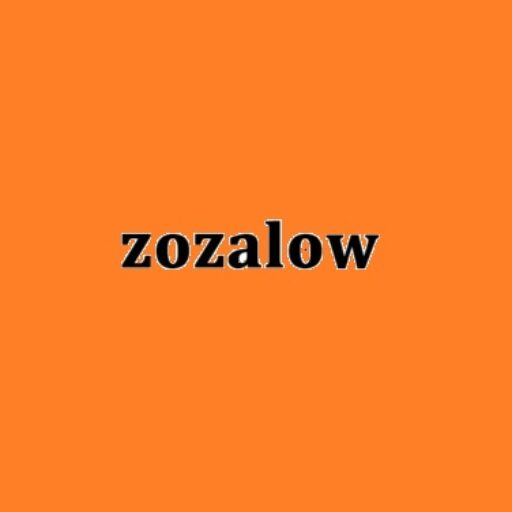Absence seizures are brain seizures that can lead to the absence of activity or zoning out from the patient. These seizures are also called petit mal seizures. These seizures can happen for many reasons and are mostly seen among children. While absence seizures treatment is necessary for certain conditions, often, the episodes do not need treatment and are harmless. Absence seizures mostly occur among children of the 4-14 years age group. The frequency and severity of absence seizures can vary from 10 to 100 a day. The main concern about such seizures is that the condition can go unnoticed by parents and relatives. Many parents believe that absence seizures are loss of attention or flickering of concentration which is normal for a child. However, the neglect of treatment for this condition can lead to a permanent loss of concentration and cognitive activity for the child.
Absence seizures are a manifestation of epilepsy and can arise due to neural problems. In such cases, the parents should take their children to the nearest neurology clinic or hospital. A trained neurologist can diagnose the condition and suggest further treatment. Neurologists can diagnose the cause of epilepsy and help in the management of the condition for the child.
What are the Symptoms of Absence seizures?
In the case of children, absence seizures often go unnoticed and undetected. Parents, therefore, have to be very careful about the signs of seizures they see. The common symptoms of absence seizures are as follows-
Being very still- Children are usually very active and curious. A child is expected to be lively and physically active if he is healthy. If the parents see the child sitting or standing very still for some time, the child may be having an absence seizure.
Smacking the lips- Smacking the lips can often go unnoticed because it is a common action. Parents might interpret it as hunger or enjoyment of food. However, if the child repeats the motion without any reason, it can be a sign of absence seizure.
Fluttering the eyelids– Constant fluttering of eyelids and difficulty in focusing the eye is a common sign of absence seizure. However, it may be misinterpreted as the child’s attempt at playing and signalling.
Sudden activity– if the child looks like his brain is glitching, and sudden activity follows the complete loss of activity, it is a sure sign of absence seizure. Parents have to observe their children very closely for these signs and symptoms.
Because the child is often unable to know that he is having an absence seizure or expressing himself, these signs go unnoticed. Moreover, many parents often misinterpret the signs. However, a paediatrician or neurologist can read these signs and suggest a diagnostic approach.
How is Absence seizure diagnosed for the child?
After the initial appointment with a neurologist, the doctor will recommend some diagnostic tests for the child. These diagnostic tests are as follows-
The doctor will likely recommend an EEG test to diagnose the condition. The test will record the electrical activity of the brain and spot seizure-like abnormalities.
Further, the doctor can suggest additional tests to confirm the possibility of absence seizures. These include blood tests and CT scans so that any abnormality in nerves and neural coordinators is observed. The doctor can also suggest a spinal tap to test the cerebrospinal fluid. A combination of these tests can help diagnose absence seizures in the child.
Also Read: Liposuction: Addressing Common Concerns and Risks
What are the treatment approaches for absence seizures?
The most common treatment method for absence seizures is a low dosage of anti-seizure medicine for the child. With the reduction in the number of seizure episodes, children can get off the generic medications. The usual anti-seizure medication that the doctor prescribes includes formulations of Zarontin, valproic acid, etc. These drugs can have possible side effects, but they are not serious.
Apart from the absence seizures treatment approach, the neurologist can also suggest preventive approaches for the patient. A preventive approach is better because it ensures proper brain activity and no side effects. Proper sleep patterns for the child and a healthy diet can ensure that the brain develops properly. Better lifestyle habits for children can prevent episodes of absence seizures and loss of concentration. Foods that support brain activity and concentration should be eaten regularly.
Conclusion
The absence of seizures often goes away with improvement in lifestyle and habits. However, even with absence seizures, people can live full lives. The treatment and management approach depends on the frequency of the seizures and their severity. Doctors help in the long-term prevention of epilepsy, including the absence of seizures.
